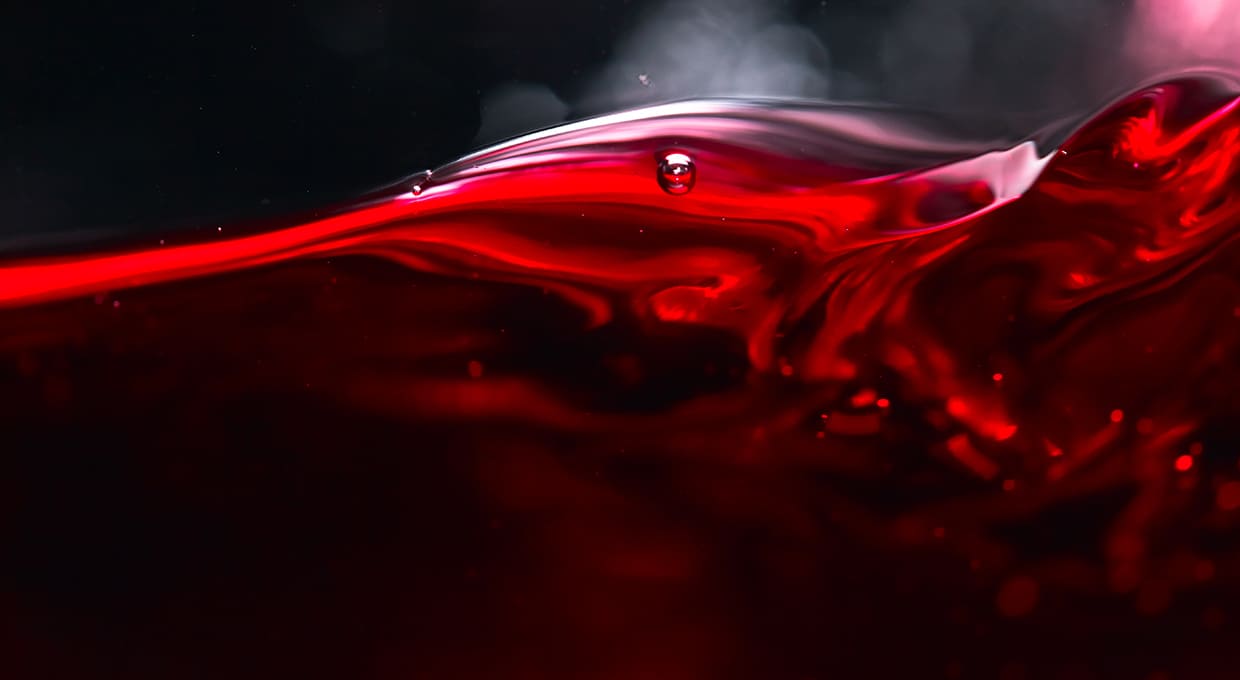Checkout using your account
Checkout as a new customer
Creating an account has many benefits:
- See order and shipping status
- Track order history
- Check out faster
Port
Looking for Port wine? Tasting Collection has a very big selection of the best port wine brands. From the biggest most famous port houses to the smallest special port houses.

Port wine
A great assortment of port wine
Port is also called port wine or porto. This name is derived from the port city of Porto. It is a sweet, fortified wine from Portugal with an alcohol content usually between 18 and 20 percent. Port can only be made from grapes from the Douro Valley, in northeastern Portugal. It is thus a strictly protected product, just as cognac is, for example. Because of its sweet taste, port is often drunk before or after dinner (as an aperitif or digestif). Of course, port can also be an ideal dessert wine. But most importantly, you drink port how and when you want.
Viticulture in Portugal is many millennia old, but port is still a relatively new invention. Nevertheless, port has also been around since the 17th century, but really only by accident. Because England was at war with the French at the time, they had to import their wines from another area. Unfortunately, however, many of the Portuguese wines spoiled during the long boat trip to England. To prevent this, the English added wine alcohol to the barrels of wine. The fermentation stopped, so not all the sugars were converted to alcohol. This accidentally created a new type of wine with a remarkably sweet taste. This is why many port houses still have an English name, such as Graham's or Churchill's.
Port styles: Ruby, Tawny and more
On the label of a bottle of port, you often come across all sorts of terms that tell you something about the contents. Below we explain to you exactly what everything means.
Ruby: a port that usually consists of several vintages. Generally, Ruby port is aged in stainless steel tanks. The average Ruby is aged about 2 to 3 years. The name is based on its bright red color.
Tawny: A Tawny port matures on average between 3 and 7 years in oak barrels, but sometimes much longer. An age-indicated Tawny is usually a blend of several vintages. The average age is shown on the label.
Crusted: A barrel-aged port that is bottled unfiltered. The sediment at the bottom of the bottle is called'crust'. The vintage on so-called Crusted port usually refers to the year of bottling. Usually a Crusted port consists of several vintage years.
Vintage: port from an exceptional year from the best vineyards. Bottled after only two years of wood aging, but then continues to age in bottle (for decades).
Late Bottled Vintage: port from a specific vintage. This comes on the market almost every year and first ages 4 to 6 years in wooden barrels.
Colheita: a tawny from a particular vintage that has often aged in barrel for at least 8 years. The label shows the vintage and year of bottling.
White port: This port is made from white grapes and matures only briefly. Can be dry, semi-dry and sweet.
What do you eat with port?
As with wine, port is excellent for pairing with a snack or other food. A port generally has robust and complex flavors, so something with power should be paired with that. If not, the flavor of your snack will fall away completely. A cheese board, for example, is always a good idea. The most obvious cheese is a traditional English Blue Stilton, but an old farmer's cheese is also delicious. Or a fine French or Italian mountain cheese.
Besides a cheese board, there are countless other options. Walnuts or smoked almonds, for example. Or dried fruits like figs and dates. Chocolate should not be missing, of course. And you can nicely reset the taste buds with a hard sausage or olives.
Affordable port wine online
With the large selection of Tasting Collection you will always succeed. Take your time to store in our webshop and take advantage of our favorable prices. When you've found your favorite, ordering is a breeze. We will, of course, make sure you get your port quickly.












